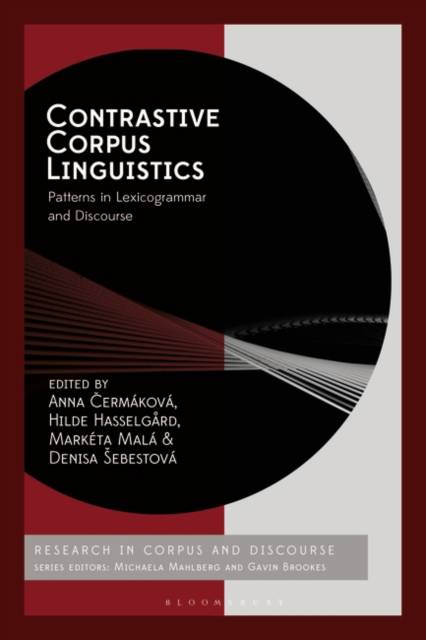
- Afhalen na 1 uur in een winkel met voorraad
- Gratis thuislevering in België vanaf € 30
- Ruim aanbod met 7 miljoen producten
- Afhalen na 1 uur in een winkel met voorraad
- Gratis thuislevering in België vanaf € 30
- Ruim aanbod met 7 miljoen producten
Zoeken
Contrastive Corpus Linguistics
Patterns in Lexicogrammar and Discourse
€ 67,95
+ 135 punten
Omschrijving
Marking 30 years of contrastive corpus linguistics, this volume provides a state-of-the-art of the field, charting its development over time and expanding the boundaries of the discipline.
Focusing on a diversity of methods and approaches to language comparison, it uses both comparable and translation corpora, and explores a broad range of language registers from newspaper reporting and spoken political discourse to film scripts and football match reports. Using English as the pivot language for each chapter, the volume offers contrastive bilingual and trilingual perspectives on a number of languages, including Czech, Finnish, French, German, Norwegian, Spanish, and Swedish, covering a typologically diverse field. By exploring the application of complex multi-genre multilingual data sets and expanding the horizons of contrastive studies, it demonstrates how a juxtaposition of cross-linguistic and register variation can deepen our insight into language variation and use.
The volume is dedicated to two prominent contrastive corpus linguists: Karin Aijmer and Bengt Altenberg, who have decisively shaped the discipline from its very beginnings. The book opens with a chapter by Aijmer, reflecting on the current breadth and future prospects of research in the area while pointing to emergent trends with an insight that only she can offer.
Focusing on a diversity of methods and approaches to language comparison, it uses both comparable and translation corpora, and explores a broad range of language registers from newspaper reporting and spoken political discourse to film scripts and football match reports. Using English as the pivot language for each chapter, the volume offers contrastive bilingual and trilingual perspectives on a number of languages, including Czech, Finnish, French, German, Norwegian, Spanish, and Swedish, covering a typologically diverse field. By exploring the application of complex multi-genre multilingual data sets and expanding the horizons of contrastive studies, it demonstrates how a juxtaposition of cross-linguistic and register variation can deepen our insight into language variation and use.
The volume is dedicated to two prominent contrastive corpus linguists: Karin Aijmer and Bengt Altenberg, who have decisively shaped the discipline from its very beginnings. The book opens with a chapter by Aijmer, reflecting on the current breadth and future prospects of research in the area while pointing to emergent trends with an insight that only she can offer.
Specificaties
Betrokkenen
- Uitgeverij:
Inhoud
- Aantal bladzijden:
- 312
- Taal:
- Engels
- Reeks:
Eigenschappen
- Productcode (EAN):
- 9781350385979
- Verschijningsdatum:
- 27/11/2025
- Uitvoering:
- Paperback
- Formaat:
- Trade paperback (VS)
- Afmetingen:
- 156 mm x 234 mm
- Gewicht:
- 435 g

Alleen bij Standaard Boekhandel
+ 135 punten op je klantenkaart van Standaard Boekhandel
Beoordelingen
We publiceren alleen reviews die voldoen aan de voorwaarden voor reviews. Bekijk onze voorwaarden voor reviews.







